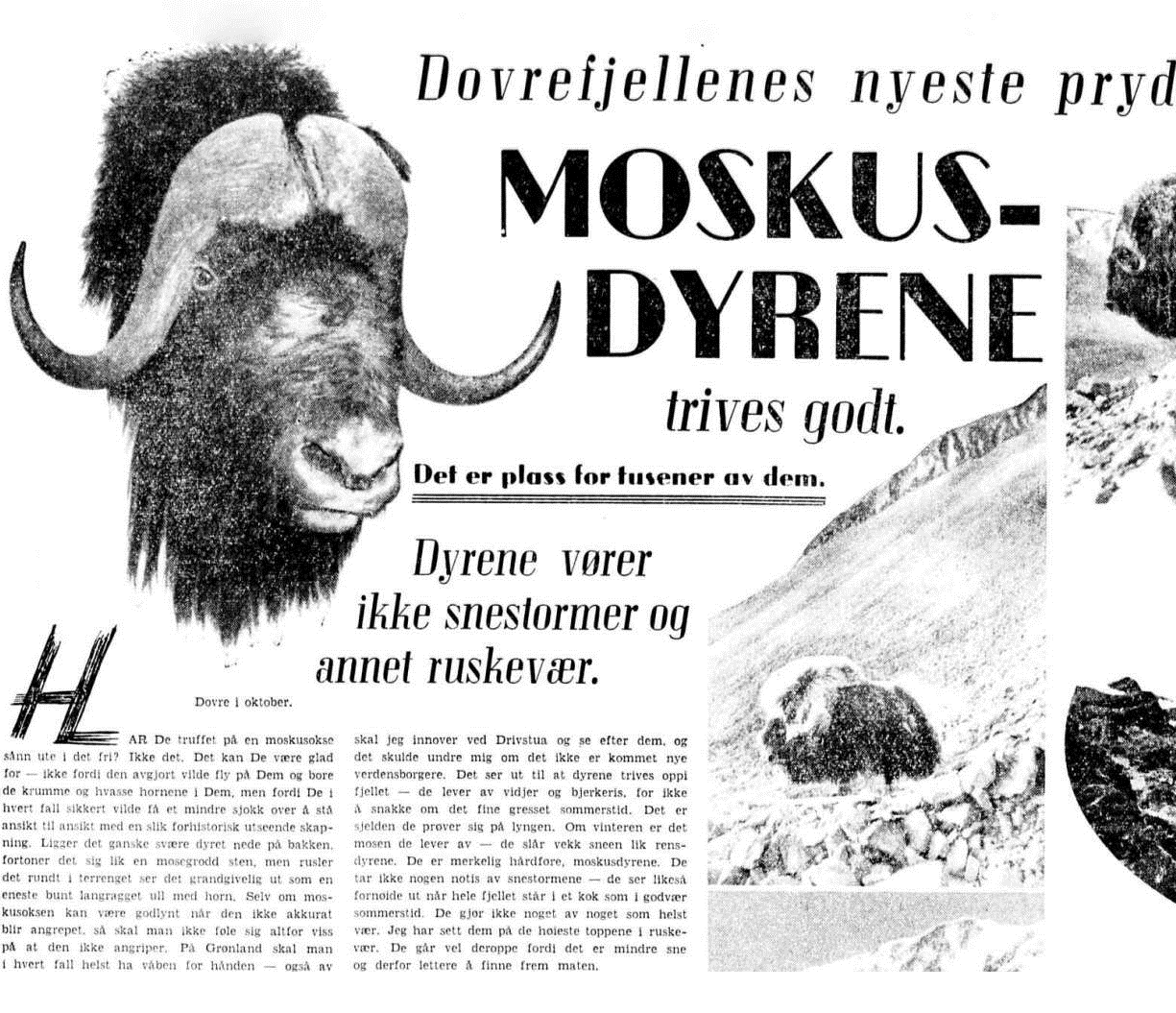Of muskoxen and people in Scandinavia
October 6th, 2016
What happens when authorities reintroduce animal species into landscapes that they have not been part of for a long time? At the conference ‘The Future of Wild Europe,’ REXSAC researcher Dolly Jørgensen, Luleå University of Technology, reflected on the contentious meeting between muskoxen and people in Norway and Sweden, see abstract below and a YouTube recording here. She has also written a blog on the theme.
Conference abstract:
Conflict in a wilder world: Of muskoxen and men in Scandinavia
The modern discourse of rewilding in Europe focuses on repopulating mega-fauna to roam the countryside to ‘improve’ or ‘restore’ nature, but the ways in which these new animal inhabitants might negatively interact with local human populations is often overlooked. In this talk, I look at the relocation of muskoxen from Greenland to mainland Norway, which began in the 1930s, and how it became contentious. Although muskox (Ovibos moschatus) lived in the Scandinavian peninsula at the time of the last Ice Age approximately 11,000 years ago, by the 19th century, the animal’s range was restricted to arctic Canada and Greenland. This limited geographical spread of muskoxen was to radically change in the 20th century as individuals were released in Norway and a new Scandinavian population was established. The local human population, however, was not unanimously accepting of these animals. Instead, muskoxen were seen as dangerous by locals from the first days of their release. The animals proved that they could indeed be transgressive: muskoxen released in a given place failed to stay still, wandering into nearby towns and even crossing the border into Sweden. Muskox attacks were not infrequent and one even killed a local farmer in 1964. Yet local attempts to have the muskoxen removed were written off by the authorities as illogical and illegal. Looking at responses to muskox in Norway and Sweden from the 1930s to 1980s, I want to expose how local resident perspectives about the transgressive potential of animals have been historically marginalized by central government actors far from interaction with the animals.
Image: Aftenposten 19 October 1940




